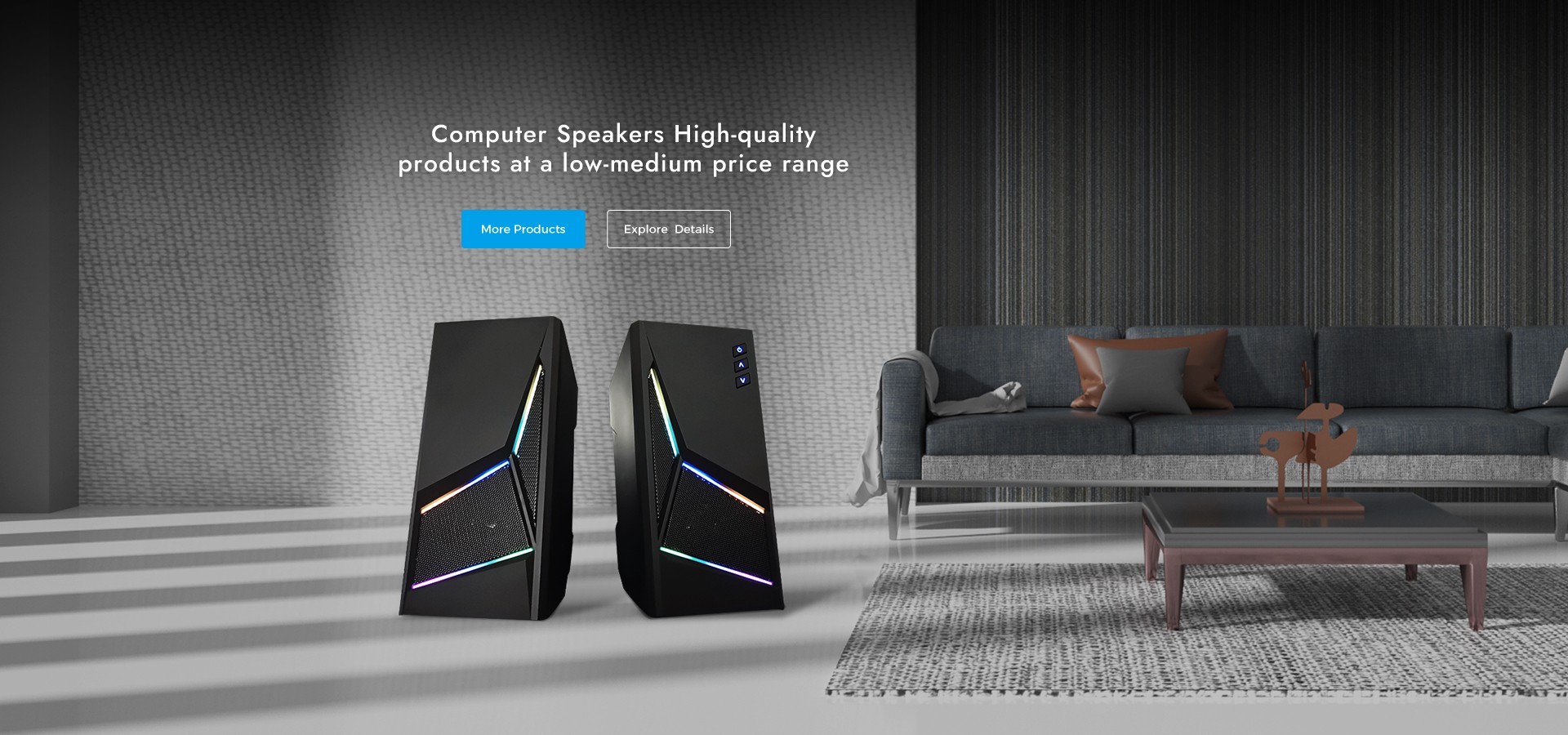The amplifier industry said: simple volume expansion, expanded and control of the pre -stage. Portal features: The input signal of the later stage is very simple, which is to accept the output of the previous stage. But the load of the rear level is a horn, which is to make many sounds and even magazines talk about the writer's uncertainty. The rear stage is the pre -stage load, which is a high impedance load; the speaker is a rear -stage load and a low impedance load.
It looks similar, only one word, but the high and one low of impedance is formed very simple pushing or pushing. At that time, the high impedance rear stage was connected. It first provided an appropriate output voltage. Because the input impedance of the rear -level enlarged machine was rarely less than 10kΩ, there was such a rear stage, but it was rare, and it was generally about 47kΩ. When the rear -level expansion machine is connected to the low -impedance speaker, it must not only provide appropriate voltage, but also provide a current current.

Except for a few special cases, the horn impedance is rarely higher than 8Ω, or even less than 4Ω. And 1kΩ = 1000Ω. Is the difference big? Therefore, Hi-End's later level not only pays attention to high power output, is hundreds of watts, and each channel is independently loaded. It is also specified as a large current plan. When the load impedance drops half, the output power will be increased to twice the original.